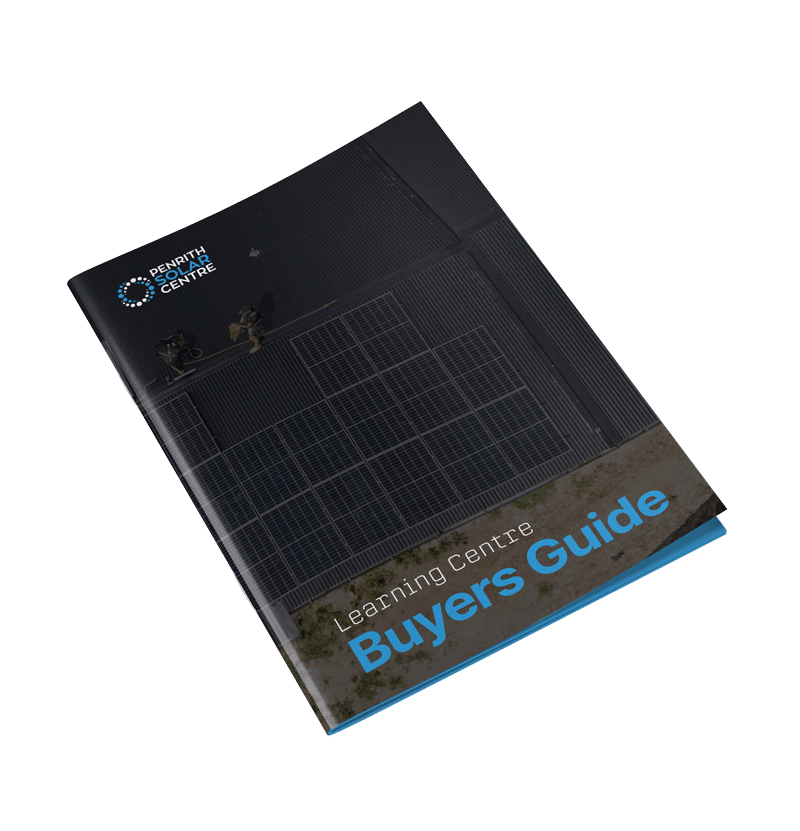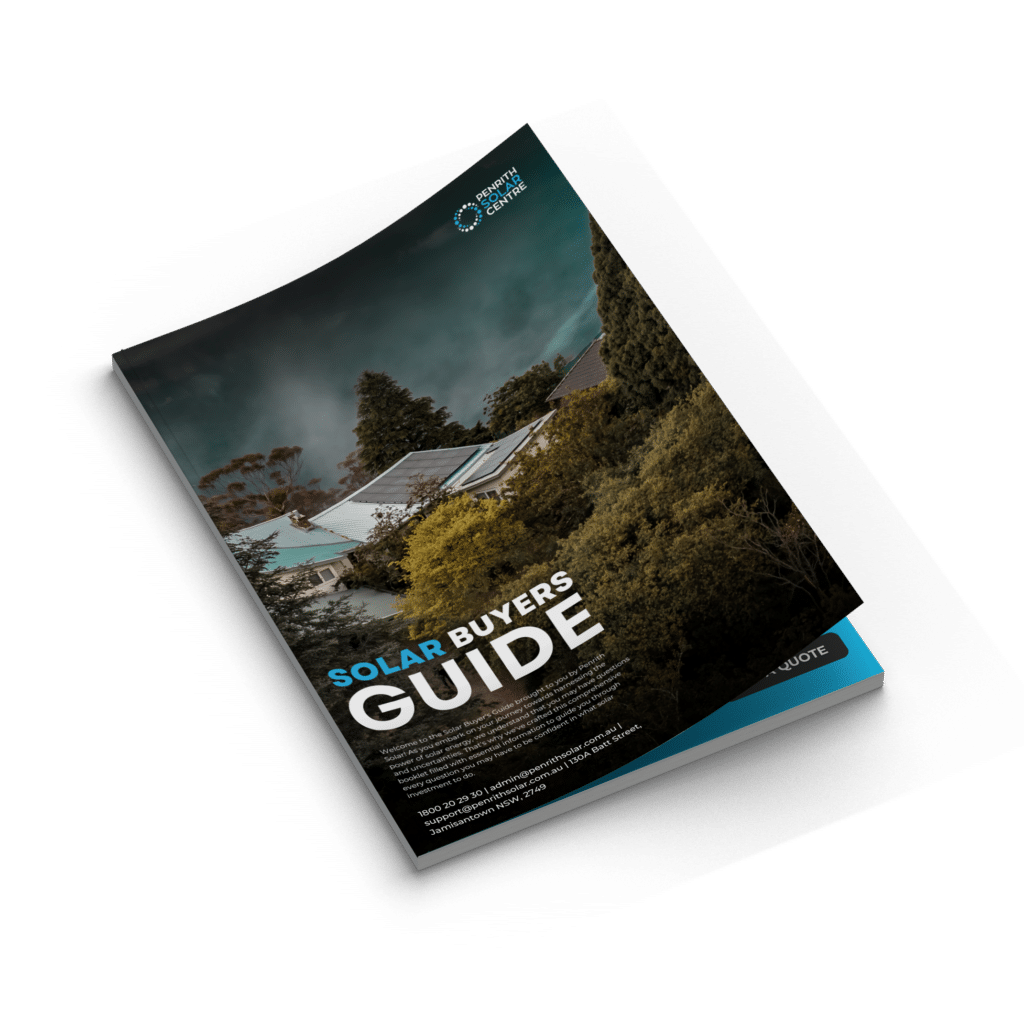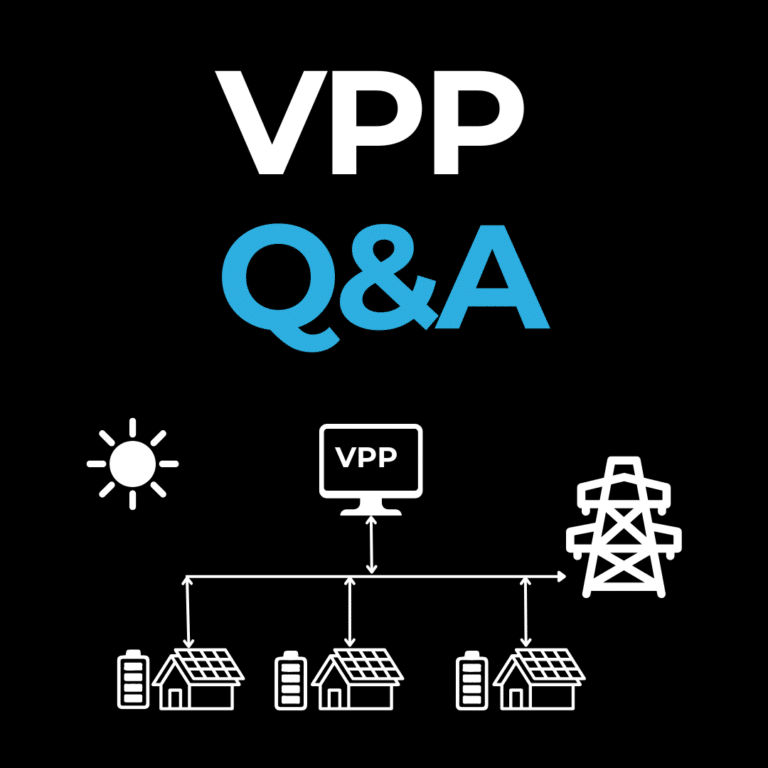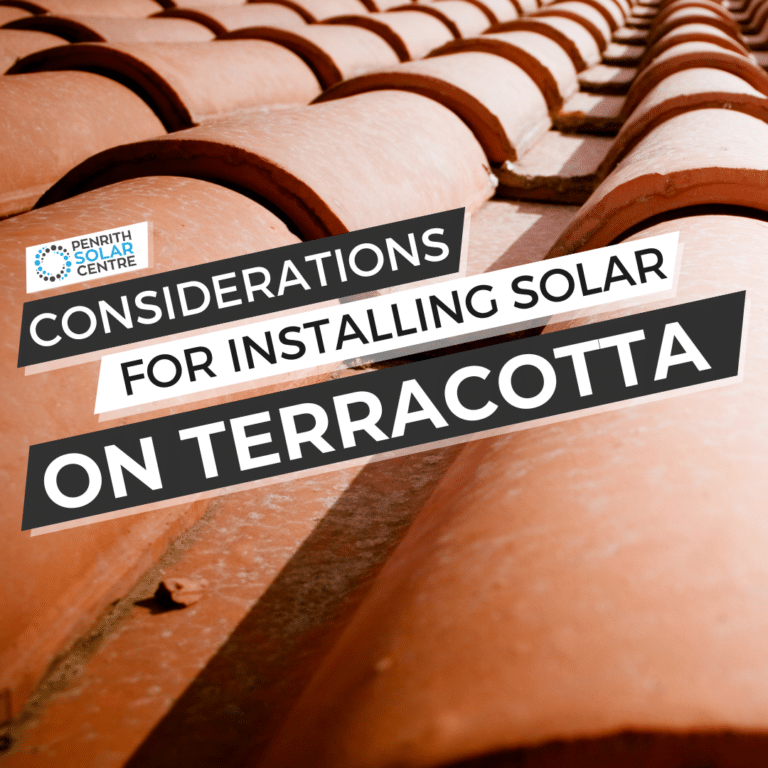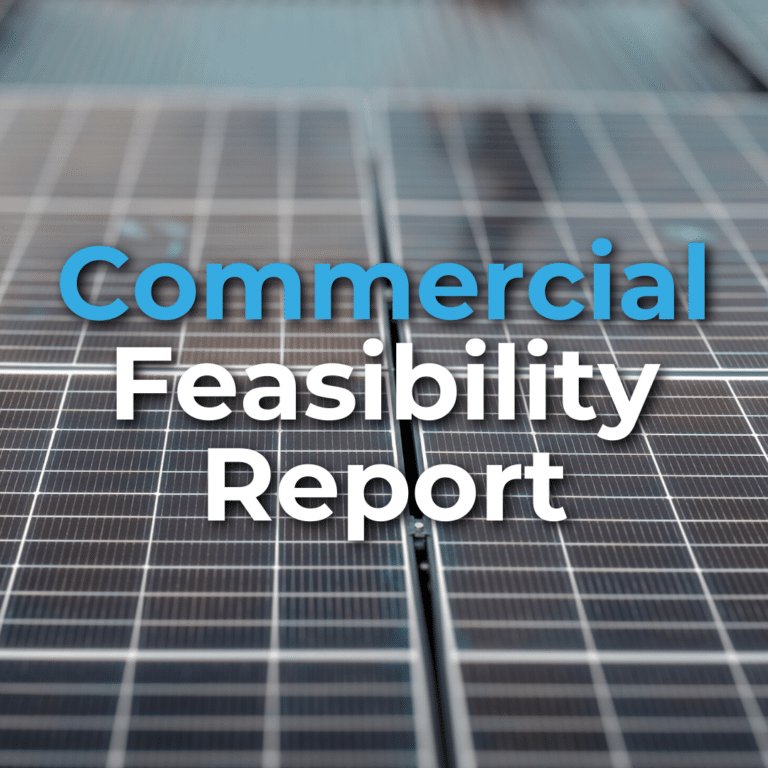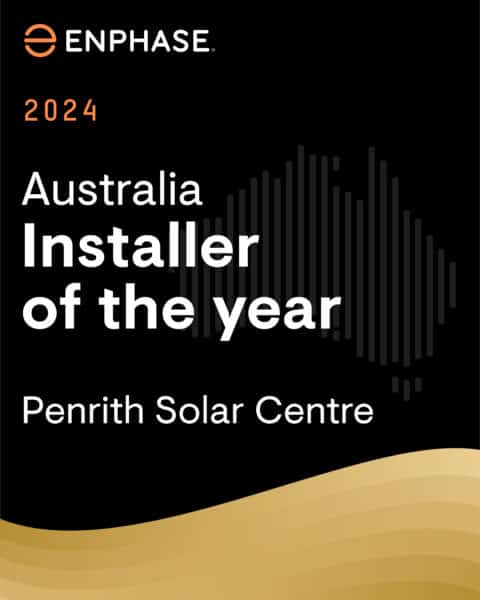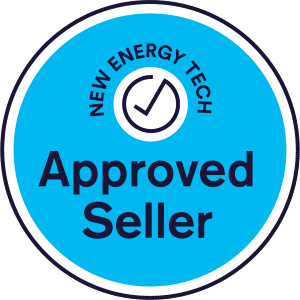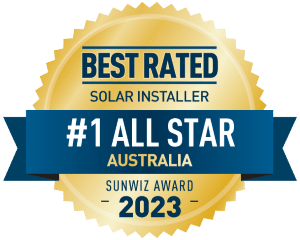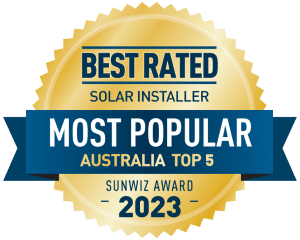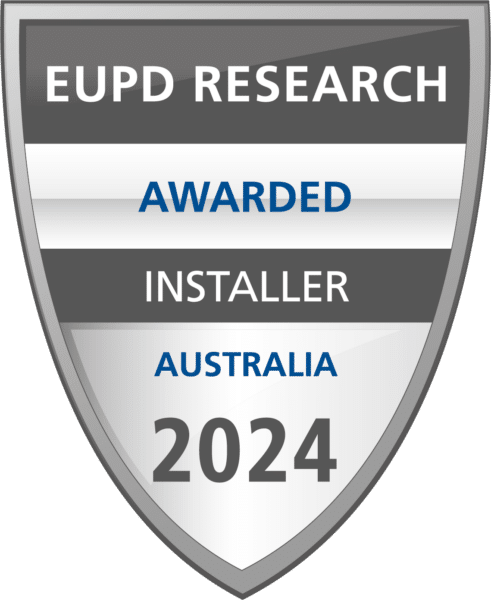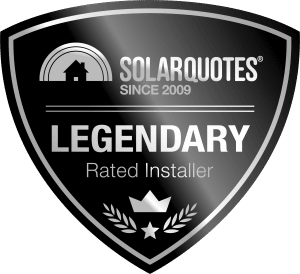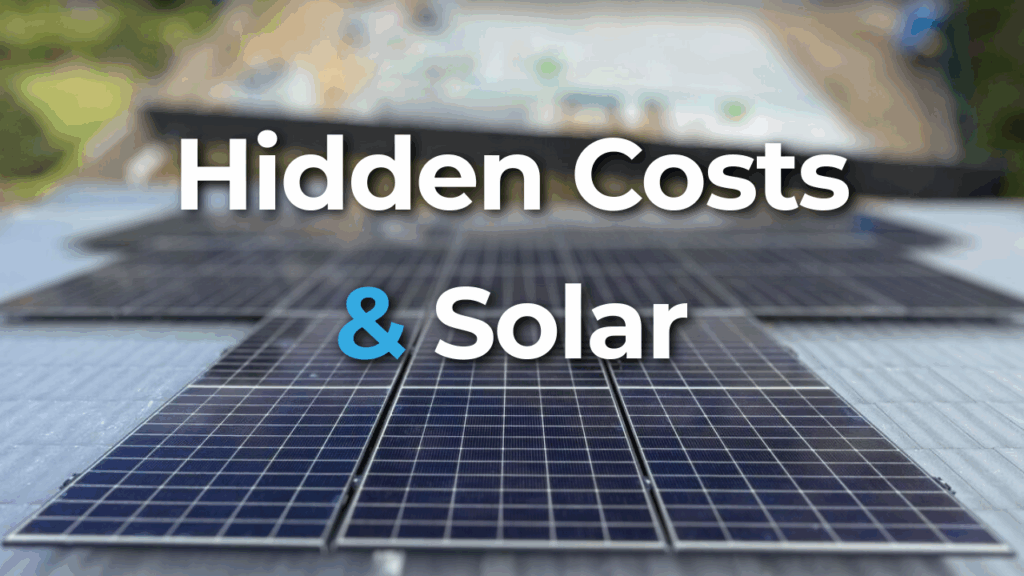
You might think getting solar is simple. You call a company, get a quote, and that’s it. But then you hear about a switchboard upgrade. Or someone says you need to cut down a tree. Or the installer tells you that your meter is out of date. Now the price has changed.
This happens more than you think. Many people feel confused and frustrated when they start getting amendments to their quotes. If this is happening to you, you’re not alone.
At PSC Energy, we know solar is still one of the best ways to cut energy bills. But it’s important to understand all the parts that affect the final price. Some homes need extra work before solar can be installed.
In this article, you’ll learn about the following:
- Switchboard Upgrades for Solar Panels
- Three-Phase Power Explained for Solar Panels
- Roof and Shade Considerations for Solar Panels
- Meters and Smart Metering for Solar Panels
- Solar Panels on a Granny Flat or Shed
- Additional Installation Charges to Look Out For
- How to Spot Hidden Costs for Solar Panels Before They Hit
By the end of this article, you’ll know what questions to ask to feel more confident when choosing a solar system for your home.
Switchboard Upgrades for Solar Panels
Your switchboard is the part of your home that controls your power supply. It is where your safety switches and circuit breakers live. If you want solar, your switchboard must be safe and ready.
Older homes often have older switchboards. These switchboards may not have safety switches. If your switchboard is not up to standard, your installer cannot connect your solar system to it. This is not just a safety rule; it’s also the law.
You may be told you need an upgrade when a switchboard needs work. This means an electrician will replace parts or sometimes the whole board. They may need to add safety switches or make space for new components.
Many people don’t know about this cost until they’ve had a site visit from a solar consultant. At that point, you have two choices. You can pay for the upgrade and continue with the solar or stop the job.
To avoid this, ask your solar provider if your switchboard will need work. A good provider will look at a photo of your board and tell you what to expect. This way, you won’t get caught off guard.
If you’re interested in learning a bit more about switchboard upgrades, you might want to check out the following article titled, Replacing a Main Switchboard for Solar Panels.
Power up your savings. Click here.
Three-Phase Power Explained for Solar Panels
Many homes have single-phase power. This means electricity flows into your home through one main wire. It’s enough to run lights, fridges, TVs, and household appliances. Many homes in Australia use this setup.
Some homes have three-phase power. This means electricity flows through three wires instead of one. It gives more power and spreads the load more evenly. You usually see this in larger homes, homes with big air conditioners, or homes that run heavy machines.
If your home already has three-phase power, your solar system will need a special inverter. A three-phase inverter is different from a single-phase one. It spreads the solar power across all three wires.
If your home has single-phase power, your installer might ask if you want to upgrade to three-phase. This can cost extra. Why do they suggest it for some?
Three-phase power lets you install a bigger solar system. It also prepares your home for things like electric car chargers or battery systems. These potential upgrades work better with more power flow.
Upgrading from single-phase to three-phase is not simple. It often needs approval from your energy distributor. It also means running new cables and upgrading the switchboard. Some people do it during major renovations. Others do it when they know they want a larger solar system now or later.
You don’t have to upgrade to three-phase to get solar. Many people keep their single-phase system, and it works well. But it’s good to know your options. Ask your installer what system you have, and whether three-phase power would benefit you.
If you’re interested in learning a bit more about single-phase and three-phase sites, you might want to check out the following article titled, Single-Phase vs. Three-Phase: How Are They Different?
Let’s talk solar savings. Click here.
Roof and Shade Considerations for Solar Panels
If your roof is shaded by trees, you might need to trim or remove them before installing solar. Solar panels need direct sunlight to work well. Even a little bit of shade can lower the power your system produces.
Trees that block the sun for just part of the day can still have a significant effect. If the panels are shaded in the morning or late afternoon, you lose a chunk of your daily solar output. If they’re shaded all day, it may not be worth installing solar at all…unless the trees are trimmed back.
In many cases, trimming a few branches is enough. This can open up more sunlight and make the roof suitable for solar.
But if the trees are tall, close to the house, or protected by local council rules, things can get more complex. You might need special approval, or you may not be allowed to remove the trees at all. Whatever the case, it costs money and extends the payback period for your solar investment.
If you’re not sure, ask. At PSC Energy, we use software with satellite imagery to measure shade levels. We’ll let you know if trimming is needed and how much of a difference it will make.
Making sure your panels have access to full sunlight is one of the best ways to protect your solar investment. Before you move forward, take a good look at what’s casting shade and talk with your installer about your options.
If you’re interested in learning a bit more about which way to point your solar panels, you might want to check out the following article titled, Which Way Should Solar Panels Face in Australia?
Ready to go solar? Click here.
Meters and Smart Metering for Solar Panels
Every home has a power meter. It tracks how much electricity you use. When you add solar, your meter needs to track two things. It must measure how much power you use from the grid and how much solar power you send back. For this, you need a smart meter.
A smart meter is a digital device that talks to your energy provider. It records your power use in short time blocks, usually every 15 – 30 minutes. It also shows when your solar is sending power back to the grid. This is how your energy company knows how much to pay you for your solar exports.
Some homes already have a smart meter. But many homes do not. If your meter is not smart, it will need to be replaced. This is handled by your energy retailer, not your solar installer. That means it can take extra time. You may also need to complete paperwork or wait for a separate appointment.
Check if your home has a smart meter. If not, ask your solar provider and energy retailer about the process. Find out if there will be a delay and what steps you need to take.
If you’re interested in learning a bit more about smart meters, you might want to check out the following article titled, What is a Smart Meter for Solar Panel Energy Systems?
Get started with solar. Click here.
Solar Panels on a Granny Flat or Shed
If you have a granny flat or shed on your property, you can usually install solar on its roof, but there are a few things to check first.
The most important thing is how the shed or granny flat is wired. Solar energy can flow through that connection if the power runs from your main house to the other building. This works well because electricity moves to where it’s needed, as long as everything is wired in the correct order.
But things get more complicated if the shed or granny flat has its own power connection or meter. In that case, solar panels on the shed won’t power your house unless the two systems are combined. That often means rewiring or getting approval to change your metering setup.
It’s also important to think about sunlight and roof space. Many sheds and granny flats get more sun than the main house, especially if they’re away from trees or have a north-facing roof. This can make them an excellent spot for solar panels as long as the wiring allows the power to be used where it’s needed most.
If you’re not sure how your shed or granny flat is connected, speak with a licensed electrician or a solar expert. They can help you plan the best setup, so you get the most value from your system.
If you’re interested in learning a bit more about installing solar on multiple dwellings, you might want to check out the following article titled, Installing Solar on Multiple Dwellings: Challenges, Solutions, and Best Practices.
Let’s go solar today. click here.
Additional Installation Charges to Look Out For
Solar system installations aren’t always standard or typical. Some properties need extra work that adds to the cost. Other solar installers might not include these extras in their initial quotes, so it’s important to know what to ask about before you commit.
PSC Energy’s quotes, however, are stellar and include the following when appropriate.
One common extra is trenching. This happens when you’re installing a ground mount solar system or putting panels on a shed or granny flat far from your main switchboard.
You’ll need to dig a trench for the cabling to get the power from the panels back to your home. This means extra labour and time, and sometimes dealing with rocks, tree roots, or concrete.
Extended cable runs are another hidden cost. If your panels are far from your switchboard, the installer needs to use more cables, and they have to be thicker to avoid voltage drop.
The longer the distance, the more expensive the job becomes. This can apply even on a regular home if the layout is unusual or the roof space is limited.
If you live outside a metro area, you might also face travel charges. Some solar providers will include this in the quote, but others won’t mention it until you’re further along (again, we don’t do that).
If you’re in a regional part of NSW, ask your installer if travel time or distance adds anything to the final price.
These costs are all fair when needed, but they should never be a surprise. Always ask your installer if your property is likely to need trenching, long cabling, or if travel costs apply. A clear answer now can save you a lot of confusion later.
If you’re interested in learning a bit more about voltage rise/drop, you might want to check out the following article titled, Everything You Need to Know About Voltage Rise.
How to Spot Hidden Costs for Solar Panels Before They Hit
Many people are surprised by the extra costs of solar installation. But there are ways to spot these costs early. You just need to ask the right questions and know what to look for.
Start with your switchboard. Ask your solar provider to check if it’s up to date. You can send them a photo before you get a final quote. A good provider will tell you if it needs upgrades. This gives you time to plan and budget.
Next, find out what kind of power your home has. Ask if your home is single-phase or three-phase. If it’s single-phase, ask if you should upgrade and why. Some homes are fine with single-phase. Others might benefit from three-phase, especially if you want batteries or an EV charger later.
Then ask about your roof. Ask if your roof needs extra work. Ask how that affects the cost. If your roof has lots of small sections or shading, ask how they plan to work around it.
Also, check your meter. Ask if you already have a smart meter. If not, find out how and when it will be installed.
Finally, read your quote closely. A clear quote should list everything included and what might cost extra. If something is marked as “to be confirmed” or “subject to site inspection,” ask what that means.
You should feel comfortable asking questions. A good installer will want you to understand everything.
By asking these things early, you can catch hidden costs before they become a surprise. You can make better choices, avoid delays, and feel more in control of your solar project.
If you’re interested in learning a bit more about the importance of a good installer for your solar (the most important component of any system, seriously), you might want to check out the following article titled, In-house Installers vs. Subcontractors: Which is Better?
Shock it Up to Experience, Get an Itemised Quote
Getting solar is a smart move. It helps you cut your energy bills and lower your carbon footprint. But it only works well if you know what to expect. Hidden costs can turn a good deal into a stressful one if you are not prepared.
The best way to avoid surprises is to ask clear questions from the start. Find out what your home needs. Ask your installer to check your switchboard, power supply, roof, and meter. A good solar installer will take the time to explain things to you.
If you want help planning your solar project or a second opinion on a quote, contact PSC Energy. Our team can walk you through your options and make sure you know what’s involved. No hidden extras, just straightforward advice. It’s what we do.

If you’re interested in learning a bit more about the federal solar rebate, also known as the Federal Cheaper Home Batteries Program, you might want to check out the following article titled, What the 2025 Federal Election and the Government Rebate Means for Solar Batteries in Australia.

